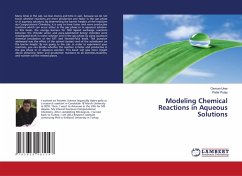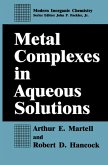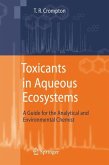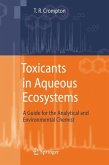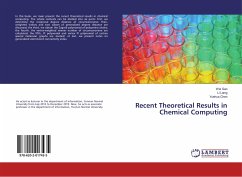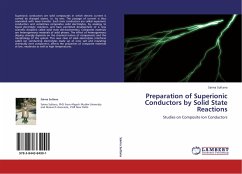Many times in the Lab, we lose money and time in vain, because we do not know whether reactions are more productive and faster in the gas phase or in aqueous solutions. By determining the barrier heights of the reactions via Computational Chemistry, it is easy to have faster and more productive reactions which can occur either in the gas phase or in aqueous solution. In this book, the energy barriers for SN2 ligand exchange reactions between the chloride anion and para-substituted benzyl chlorides were investigated both in water solution and in the gas phase by using quantum chemical simulations at the DFT and Hartree-Fock levels. The question addressed was the effect of the solvent (water) and of the substituent on the barrier height. By not going to the Lab. in order to experiment your reactions, you can decide whether the reaction is faster and productive in the gas phase or in aqueous solution. This book will give more insight about obtaining faster and productive reactions to all scientists,students, and workers on the related places.
Bitte wählen Sie Ihr Anliegen aus.
Rechnungen
Retourenschein anfordern
Bestellstatus
Storno

